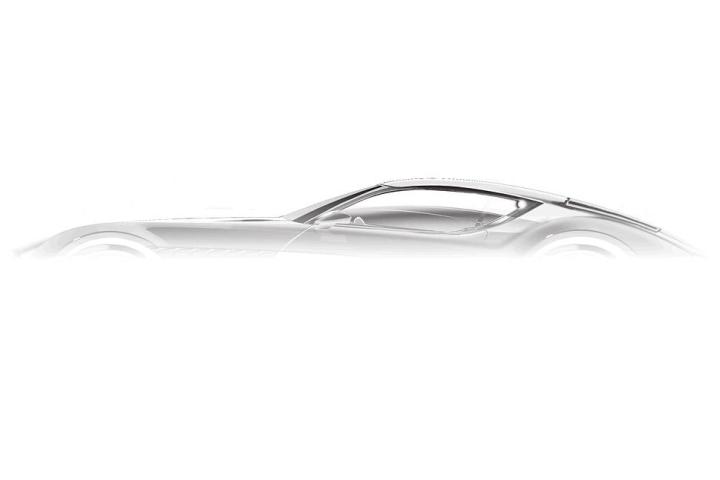
Take a close look at this ethereal sketch, because it may be the most you ever see of the Godsil Manhattan.
There are dozens of startup carmakers operating at any one time, but only a small fraction ever really make it … and none of those has a plan quite as ambitious as Godsil’s.
The Godsil Manhattan is a luxury coupe with a natural-gas-powered V16 engine.
Natural-gas cars are virtually nonexistent, while V16-powered cars actually are. There hasn’t been a V16 engine in production for some time; the closest thing currently available is the Bugatti Veyron’s W16, which is essentially two V8s joined together.
To find a production V16 car, you’ll probably have to go back to Al Capone’s Cadillac, which is probably what inspired the Manhattan. A two-door luxury car with a name like that should be grandiose and flamboyant, although Godsil doesn’t have much to say about the car beyond its bizarro powerplant.
Natural gas may be the only way to make such a baroque luxury car relevant in an age of environmental awareness, where one of the most fashionable cars around is the all-electric Tesla Model S.
However, even if the Manhattan’s owner isn’t paying a fortune for gasoline, he or she will still need to be rich enough to construct a network of fueling stations for the car, or else keep very close to home.
The Godsil Manhattan is an extraordinary idea that any car enthusiast would probably want to see take shape, out of pure curiosity, if nothing else.
Don’t hold your breath, though: Starting a successful car company is nearly impossible, even with the engineering talent, cash, and a product in a well-defined market segment. Godsil doesn’t appear to have any of that, so the Manhattan’s chances don’t appear much better than those of the 1957 Aurora.


